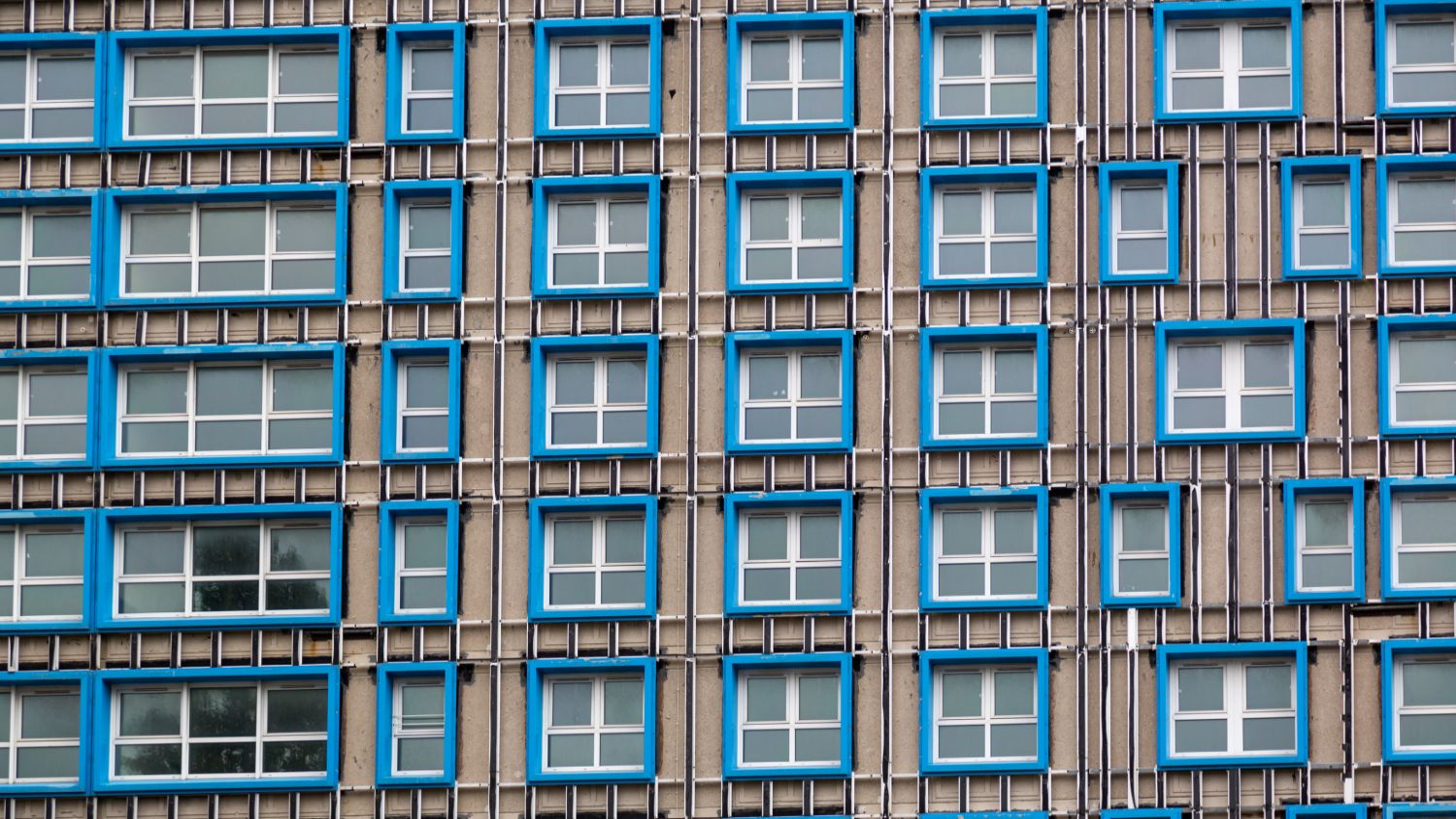
The £5bn set aside by the government for cladding remediation “won’t scratch the surface”, according to construction firm Colmore Tang.
The firm made the claim after pricing remedial projects on more than 20 typical developments in Leeds, Liverpool, Manchester and the Midlands over the past few months.
It claimed that analysis showed the total figure required to make every high-rise housing development compliant with EWS1 A1 was close to £50bn – the equivalent of one third of the annual output of the whole construction industry.
Colmore Tang launched a cladding remediation arm in January 2021. It said the average cost of works on the developments it had investigated was £4.65m for buildings above 18m and £2m for buildings between 11m and 18m.
Building Safety Programme figures from MHCLG show that around 5,000 buildings over 18m require an EWS1 certificate and may require remedial works, while the same can be said for around 35,000 11m-18m buildings.
According to Colmore Tang’s pricing, which reflects their first-hand and recent experience of tender processes for cladding remedial works, this would bring the total to around £25bn for buildings over 18m and £70bn for buildings between 11m and 18m.
Steve Underwood, chief operating officer of Colmore Tang, said: “The bottom line is that the true cost of remedial works has been severely underestimated and meaningful progress won’t be made until politicians and industry professionals develop a clearer understanding of funding and logistical challenges at hand here.
“Our estimates are not plucked out of thin air but are based upon real life scenarios which we see day in, day out. There’s a stark difference between costing a project and actually executing it, which largely explains this discrepancy. We’re seeing developers and surveyors quoting budgets that are nowhere near where they should be and we’re sleepwalking into a scenario in which that only becomes apparent half way through the remedial works. That’s bad news for everyone.
“Suggestions that by simply re-tendering schemes we can reduce costs to original figures are patently unrealistic and quite frankly, dangerous. The race to the bottom approach to costing produced the poor workmanship, material standards and quality control that led to the cladding crisis in the first place and we are in danger of things spiralling out of control if we don’t buck up our ideas.”
Underwood added that insurance providers need to offer professional indemnity insurance at “commercially attractive rates”, and that to enable this, insurances may have to be underwritten by the government. He also called for risk-based analysis on affected buildings, the removal of VAT on the works, fast-track training and development for specialist designers and fire engineers to speed up the remediation process.
He said: “While ensuring that the essential cladding repairs are undertaken, cognisance must be given to the other elephants in the room, namely maintenance of life safety systems and the remediation of internal fire compartmentation. It is noteworthy that these matters have been addressed under the provisions of the Act but do not appear to be part of the Building Safety Fund.”
In February this year, the Chartered Institute of Building branded the extra £3.5bn promised by the government to remove unsafe cladding from high-rise buildings over 18m in England as “unacceptable” in its current form.
Chief executive Caroline Gumble warned: “Figures from the new build database indicate that up to 4.6 million properties in the UK are potentially affected by cladding-related issues and this is causing unnecessary distress to so many, especially with the current lockdown and people literally being stuck in high-risk flats.
“The proposals outlined will only help to alleviate the distress of a fraction of those affected and we need to see a more practical and targeted response from government, with a solution ensuring that no leaseholders will bear any financial burden for remediation.”
Comments
Comments are closed.











I’m wondering why they priced everything to achieve an A1 rating on all of the buildings? Most of them never had that design intent and remediation to that level would constitute betterment when considering a claim against the principle contractor or warranty provider.
As far as I understand it, a B1 rating would make the buildings compliant with the Regulations while assuring Lenders that costs wouldn’t be passed on to the residents. There’s also the A2 rating which would give the same assurance.
Would we then be moving forward to providing the same A1 rated level of safety for social housing blocks, which don’t require an EWS1 because no mortgages are involved? Probably not, which would lead to a 2-tier safety regime.